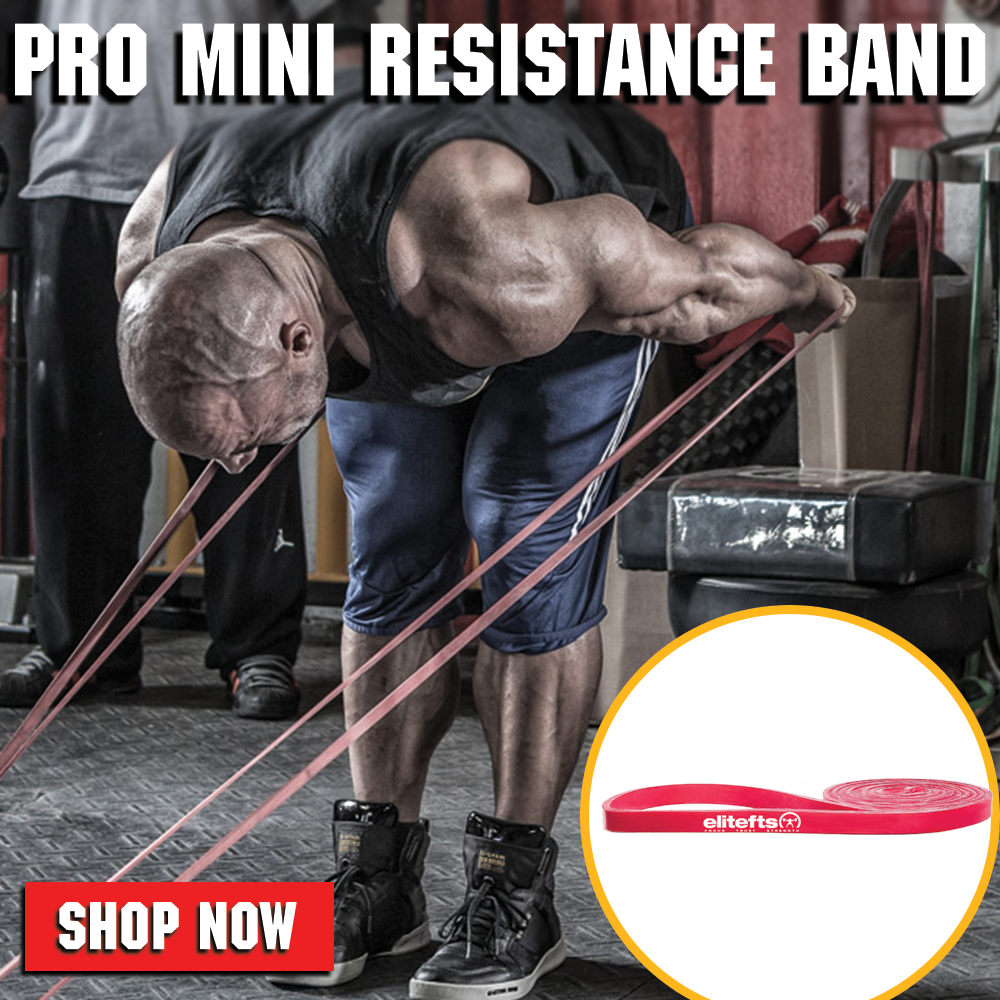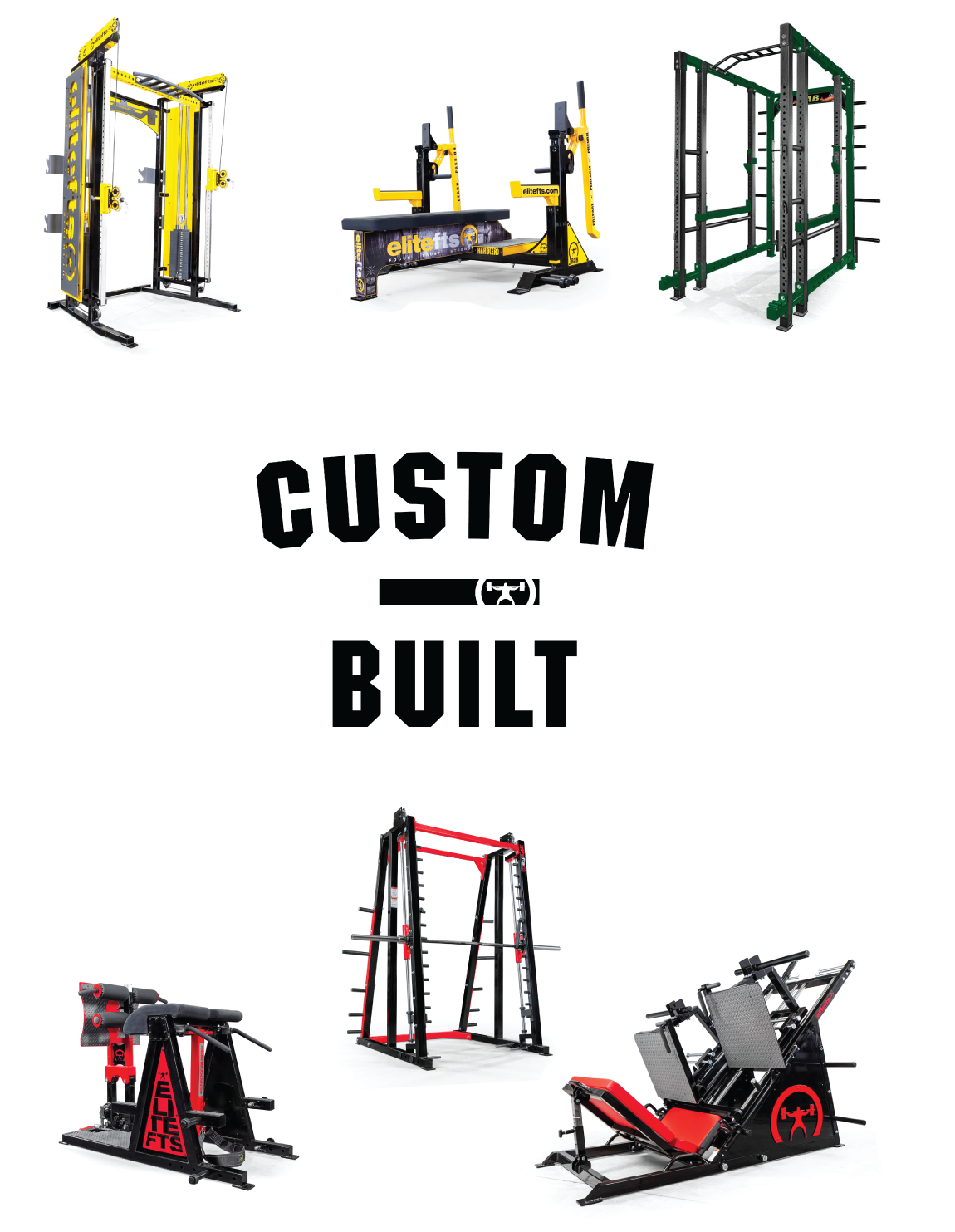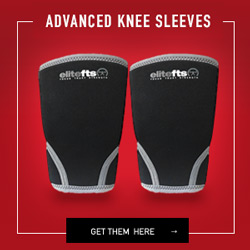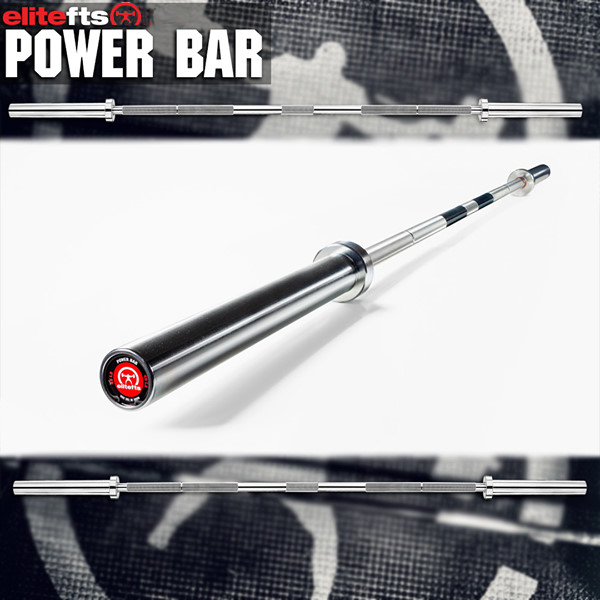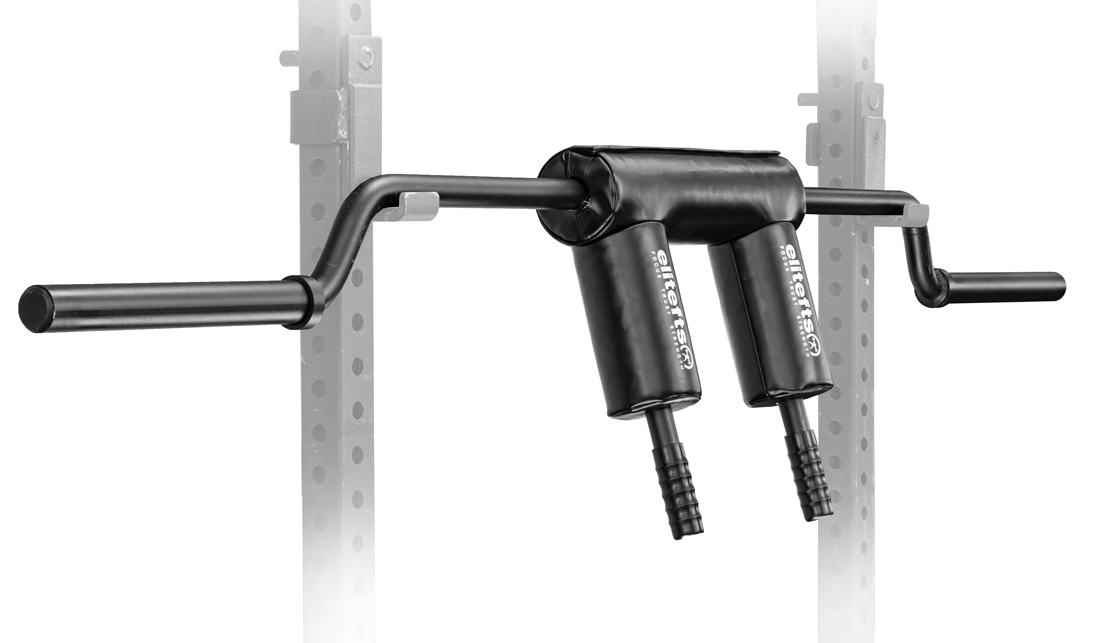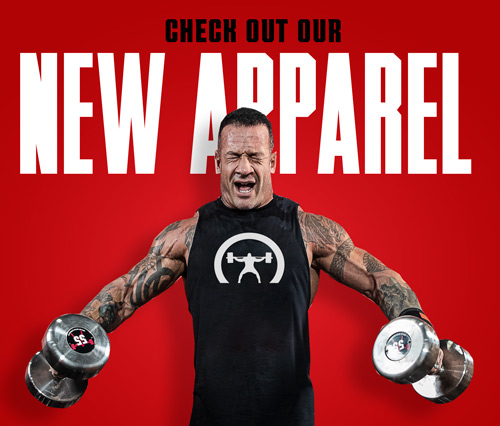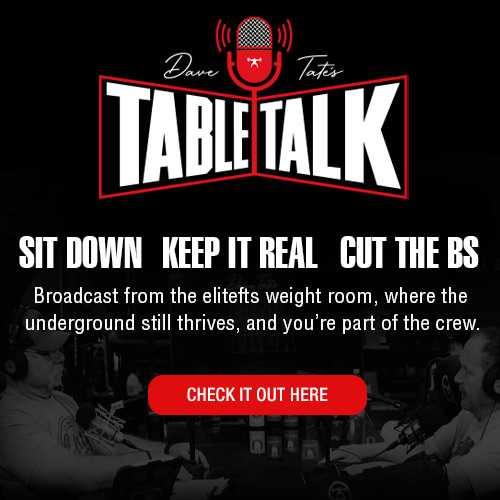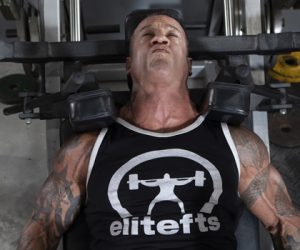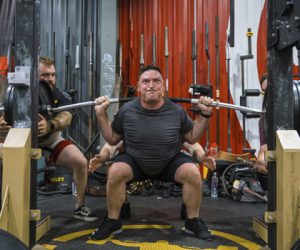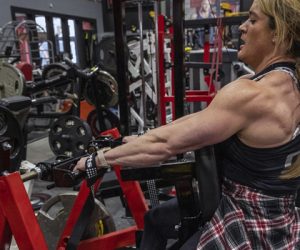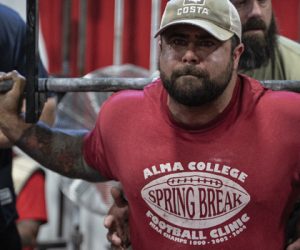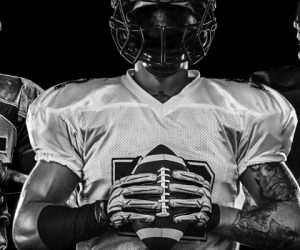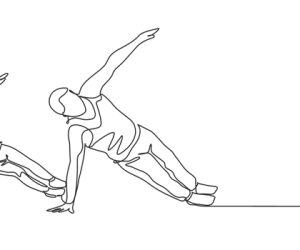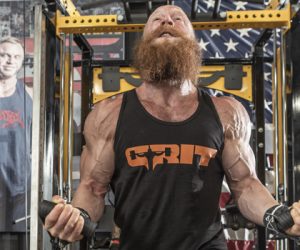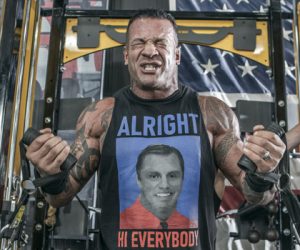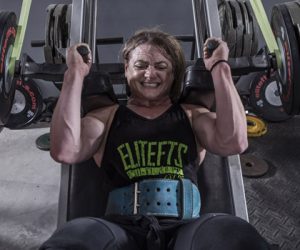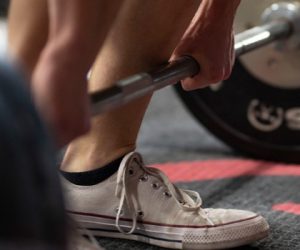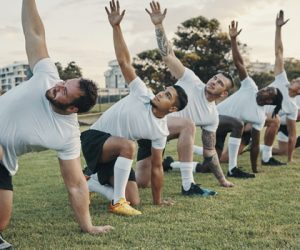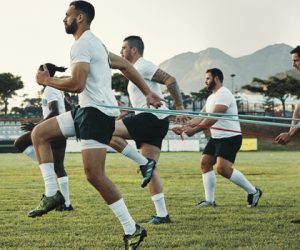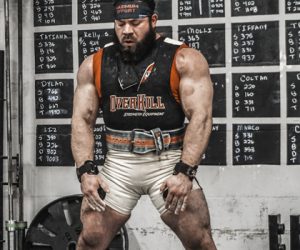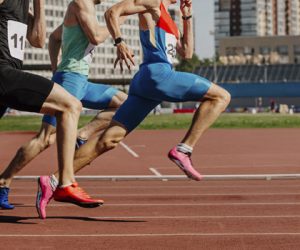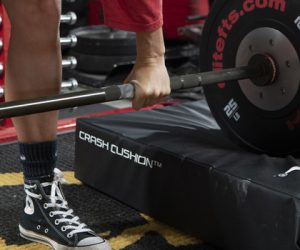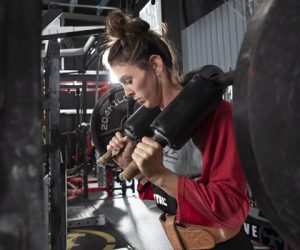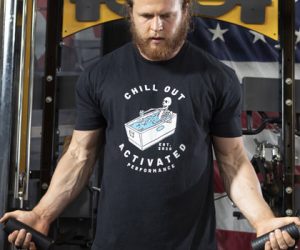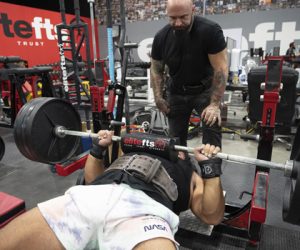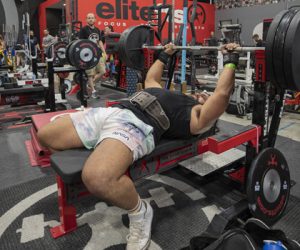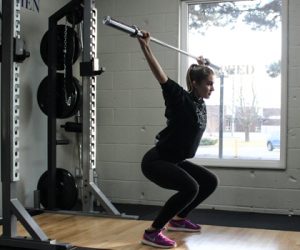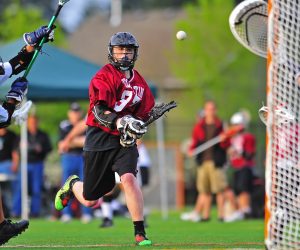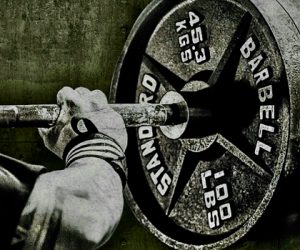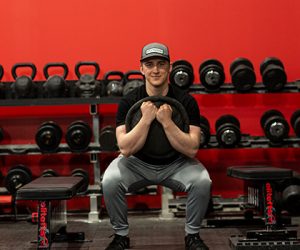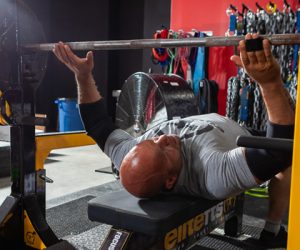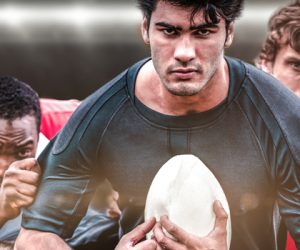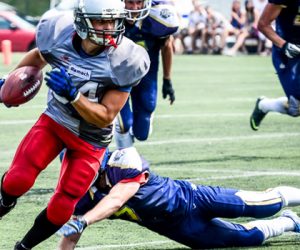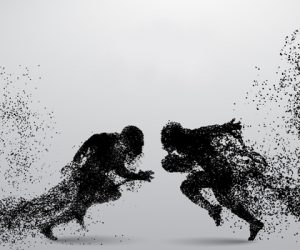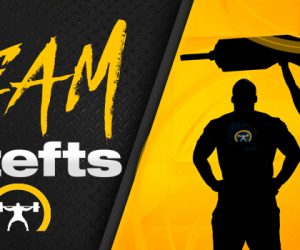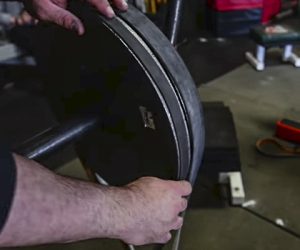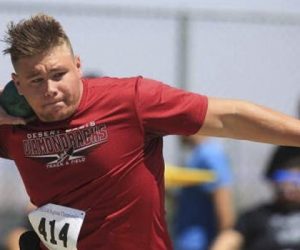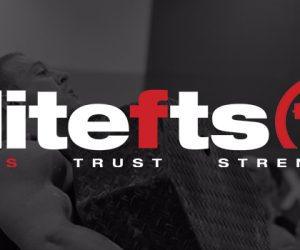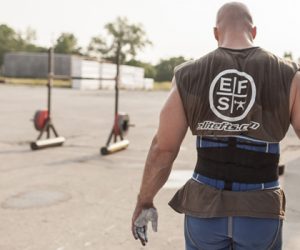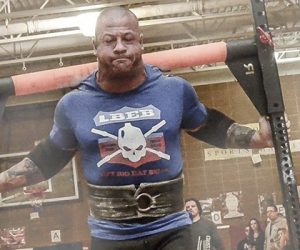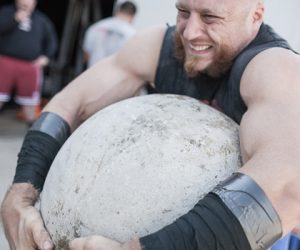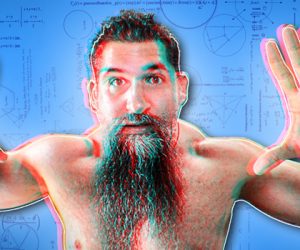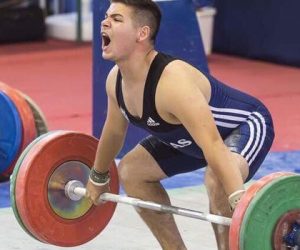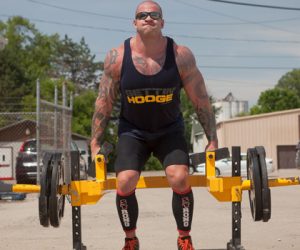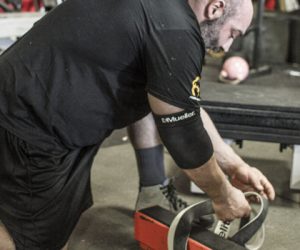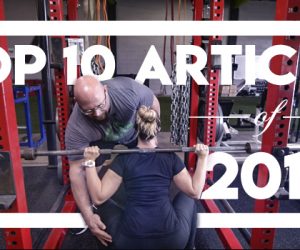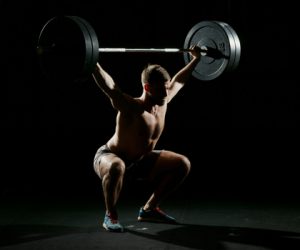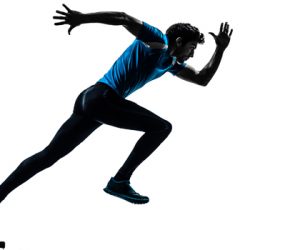A Neck Training Blueprint for Athletes
Neck training is essential in all sports where the head undergoes direct or indirect pressures and shocks. Here’s the blueprint for a stronger neck.
How Endurance Training Can Enhance Strength Performance
Daniel DeBrocke explains various strategies to gradually increase aerobic capacity while preserving specificity in your strength training.
Auto-Regulation for Dummies
Here’s a concise guide on how to understand and implement auto-regulation into your training to maximise results.
My Favorite PED
The benefits of this performance enhancing drug includes increased appetite, sleep, and anti-inflammatory properties.
6 Ways to Increase Performance
Increase your athlete’s performance so they become stronger, faster and more efficient. Here are 6 program designing concepts to implement.
How to Beneficially Program a Side Plank
The side plank is one of the toughest exercises to do correctly. Use these cues and tips to get the most out of your side plank positions.
The Lost Art of Whole-Body Training: Lessons from History
Whole-body training is highly underutilized in today’s world, and yet, it’s one of the fundamental programming methodologies to date.
The Importance of Strength Training for Young Female Athletes
Female athletes require good coaching and programming, just like their male counterparts. However, our industry frequently does them a disservice. Let’s change that.
Move Faster with Your Abdominal Wall
Functional running starts with solid breathing and bracing. Learn how to breathe and brace during exercise, and watch how much smoother movement feels.
Training the Youth Athlete
Youth athletes need more attention and individualization than typical athletes. Use these tips to help them thrive during their development so they can crush it in their prime.
Why Conjugate Didn't Work For You
The conjugate method is tried and true, but many will inevitably butcher execution. Learn how to course correct to get the most out of your conjugate program.
The Need for Addressing Basic Pelvic Deficiencies in Baseball Programs
The pelvis and hip cannot be neglected in baseball pitcher’s athletic training programs. Don’t miss out on these key performance indicator’s for your pitching athletes.
Grip Training Recommendations for Athletes
Most trainees neglect grip strength, and athletes are no different. In today’s article, Romain dives deep into how essential grip strength is for athletes and trainees alike.
3-Day-a-Week Full Body Program for Team Sports
The three-day-a-week full body program is the most productive in team sports preparation. Here’s what we’re doing for 2023!
The Coaching Process
It’s up to us as coaches to stay relevant and be open to changing methods to meet the demands of the changing generations.
Training All Contractions
Eccentrics and Isometrics are for BUILDING, while Concentrics are for TRANSFERRING. How do you program them all?
How to Smash Track PRs with Timed Squats
We adopted the timed squat method from Louie Simmons. Let’s just say we had the most regional qualifiers in school history.
How to Determine if Your Athletes Should Train Before a Game
Training the morning of a game or competition may seem strange to many, but it’s a hidden gem for increasing athletic performance.
Why We Should Cancel the Anti-Back Squat Culture
Some coaches are jumping on the bandwagon of not back squatting their athletes (for various reasons). Ummm…what?
Overcoming the Pressure of a Six-Pack: How I Gained 100 Pounds in High S...
If you’re a kid with some athletic potential but is knocked over by a slight breeze, you need to start training and eating properly. Here’s how!
Don't Touch the Bar
The art of bro lifting has infiltrated the ranks of strength coaching like never before. What in the world are we teaching these kids?
Time Your Sets
Why are we only prescribing duration for conditioning and not for exercises? After all, sport is timed by duration.
Conjugate for the High School Basketball Player
Kalil Sherrod is a strength coach at The Rack Athletic Performance Center. He hosts The Get Clean Podcast, helping young strength coaches and parents expand their knowledge. He is a former Division 2 and semi-pro basketball player. Kalil is certified through Westside Barbell and Byrd Sports Performance.
The Eternal Triangle of Sports Weight Training
What is the eternal triangle shape of sports weight training? Considering speed, strength, and size, is it a scalene, isosceles, or equilateral?
INTERVIEW: University of Wisconsin's Throwing Coach Dave Astrauskas
Coach Dave breaks down his macrocycle, mesocyclone, and microcycle so you can better understand how to train a thrower.
Weightlifting Variations for Strength and Conditioning
Weightlifters are among the strongest and most explosive athletes in the world. So, let’s see how your athletes can benefit from doing them!
2021 MiLB Opening Day
Oh, what a memorable day for baseball this was—the day that many of my colleagues and athletes will never forget.
Contemporary Lacrosse Performance Training Updates
Here are the accessory, unilateral, and mobility exercises your lacrosse players SHOULD be doing to stay healthy, especially as their playing season continues to extend.
Become a Faster Competitor with This Program
In this program, you will use strength and conditioning, and all of the gears in between to be an energy-efficient player. Consider this an extension of my sumo deadlift article published in January of 2021.
What the Running Experts Forgot to Tell You
When the rubber hits the road, this will make you a smarter and faster runner (heavily applicable to race car drivers and military forces, too).
The Impact of the Hip Flexors on Sprinting
Hip flexor quality can be the difference between a fast, efficient athlete and an athlete that will struggle greatly in competitive sport.
The Development of the Russian Conjugate Sequence System
The conjugate approach accomplishes simultaneously training all necessary motor abilities with a constant renewal and reestablishing process.
Six Reasons Athletes Need to Use Sandbags
Yes, sandbags. Nothing new for many coaches but always used as a tool when “better” training implements weren’t available.
2-Day In-Season Conjugate Options for Athletes
The great thing about this system is that it’s flexible. Here are four different methods you can choose from this in-season so your athletes feel good and get stronger.
Strength Training: Your Secret Weapon for Sport
Strength is a cheat code when it comes to winning. Here’s my basic outline of how you can best implement that cheat code and improve your gym sessions for sport performance.
Goals and Performance: Concepts and Application
The housewife, the architect, and the fighter all live according to a long-term goal-oriented life-project. What is the difference? Who will choose to be the master of their fate and the captain of their soul?
The Plan: Walking the Talk
Exhaustion is the main reason I and lots of people quit following a plan. Another reason: catastrophic circumstances. Have you considered goal setting and time framing, monitoring, and journaling to follow your plan?
The Role of Self-Regulation and Control in Sport Performance
You must be in control or have autonomy, to set goals, move through intrinsic and extrinsic motivators, and grittily, hardily, toughly keep on track — especially if your choice is to be or continue being a successful high-performance athlete.
A Different Look at the Dynamic Effort Method for Athletes
Why not do speed work with the movements that your athletes will see in their sport?
The Role of Mental Toughness in Sport Performance
I decided to finish the series with what I consider to be the remaining badly misused concepts. The previous one was discipline, and now, the worst of all: mental toughness.
Strength, Velocity, Power — How You Can Build Each to Produce Ballistic ...
Essentially, force (strength), velocity and speed-strength (power) are the three main characteristics that are present in ballistic movements, and you can train all of them in the weight room.
United States Strongman Nationals 2018: 9th Time’s the Charm
I’ve competed at nine different national championships across four different weight classes and three different divisions, including both amateur and pro — but I’ve never won. Until now.
WATCH: How to Set Up Bands Correctly for the Squat, Bench, and Deadlift
Your setup will vary depending on the equipment you’re using and the lift you’re performing. This article includes a step-by-step video guide to ensure you’re getting the most out of your bands.
Strength Training for Youth Athletes — The Youth Physical Development Mo...
Neuromuscular training can be implemented early in the youth physical development process, but age-appropriate speed and strength training must account for the process of growth and maturation, motor learning, and physical development.
WATCH: Victoria Felkar's 2018 elitefts Sports Performance Summit Pr...
When athletes are pushed too far for too long, they become ill, injured, or simply lose interest in training and their sport. The proper approach to athlete development will solve this.
The Important Aspects of Training to Always Keep in Focus
Don’t get sidetracked by paying attention to insignificant details and meaningless methods. Learn to distinguish between what matters and what doesn’t.
The Sumo Deadlift for Strongman
You may never do this lift in competition, but training the sumo deadlift can add tons of strength to your conventional deadlift, carrying events, and overhead strength while relieving stress on your back.
Training the Strongman Yoke
When I began strongman I was terrible at the yoke, even though it was in almost every competition I had competed in. With it being so common, I had no choice but to improve. Here’s what I learned along the way.
Tacky and Tactics: 10 Tips to Win Your Strongman/Strongwoman Pro Card
This article provides a list of some of the various and sundry factors that help contribute to winning a strongman or strongwoman pro card.
WATCH: Mastering Leg Drive in the Push Press
Whether you’re using a log or a weightlifting bar, you need to follow these rules to make sure you aren’t wasting the strongest half of your body.
Baseball Players and Thoracic Rotation
Rotational power is important for both swinging and throwing. This article includes a three-exercise progression to not only develop better, more efficient rotational ability, but also to improve proficiency in weight transfer.
Olympic-Style Weightlifting Exercises for Youth Athletes
In this article are evidence-based recommendations for introducing youth athletes to the snatch, the clean and jerk, and their derivatives.
Accommodation vs. Specificity: Battle of the Training Concepts
Specificity tells us we become best at the things we do most often, but accommodation tells us that we become stale from the things we do most often. What’s the answer?
The Force-Velocity Profile: Reversing Imbalances Using the Dynamic Effor...
Last summer I was able to perform some informal research on 10 Division II football athletes examining how to reverse imbalances found in force-velocity profiling using velocity based training with a Tendo Unit and accommodating resistance.
The Squat and Athletic Development — How We've All Been F*cking It Up
A new perspective on the squat that will change the sports performance industry.
The Validity of Olympic-Style Weightlifting Exercises for Athletes
Despite the numerous similarities between full lifts, pulls, and extensions, the kinematic profile associated with different variations of Olympic-style weightlifting exercises allows for a more rational, sport-by-sport selection of movements based on specificity.
Training the Atlas Stones
It is the signature strongman event and can make you a champion or break you in half. Unfortunately, it’s often the most poorly trained event — but it doesn’t have to be.
Training Triple Extension — Olympic Lifting Variations and Substitutions
The optimal way to enhance an athlete’s power is by creating a force-velocity profile designed to address the athletes’ specific needs. When time does now allow for this, there are simple, safe alternative methods you can use.


